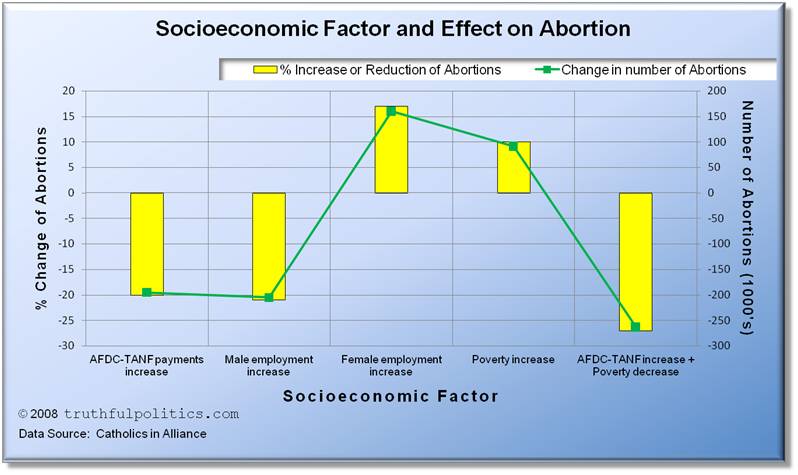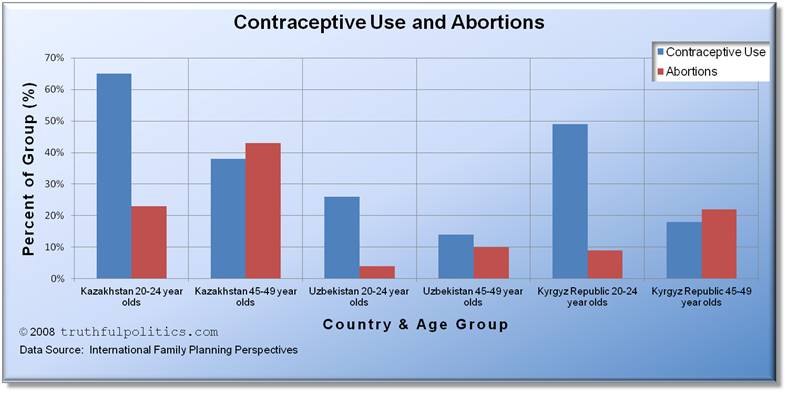Scott A. Hodge of The Tax Foundation in March 2008 mentioned the following:
- “The U.S. is among eight countries with extra corporate tax rates imposed by state or local levels of government. While the burden of these state-level taxes is somewhat lessened because they can be deducted from federal taxes”
- The national average of state corporate tax rates is 6.6%
- “Assuming that no state cuts its business taxes in the next year, the U.S. federal rate would have to be cut to 20 percent in order to bring the combined federal-state rate down to the middle of the OECD pack.”
- When combining federal corporate taxes with state corporate taxes, 24 U.S. states have a combined corporate tax rate higher than Japan and all 50 states have a higher combined rate than France.
To read the entire article, click on U.S. States Lead the World in High Corporate Taxes.
According to Igor Greenwald of SmartMoney in January of 2008:
- “Between 2000 and 2005, U.S. corporate taxes amounted to 2.2% of the GDP. The average for the 30 mostly rich member countries of the Organization for Economic Cooperation and Development was 3.4%.”
- Though the corporate income tax rate is 35%, “the income not squired away overseas or channeled to the personal returns still enjoys protection in the form of various tax breaks that depress the effective rate to 27%, according to the Treasury Department. Such breaks are expected to cost the Treasury $1.2 trillion over the next 10 years, reducing the corporate tax revenue by 25%.”
To read the entire article, click on High Corporate Tax Rate Is Misleading.


